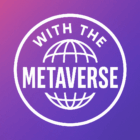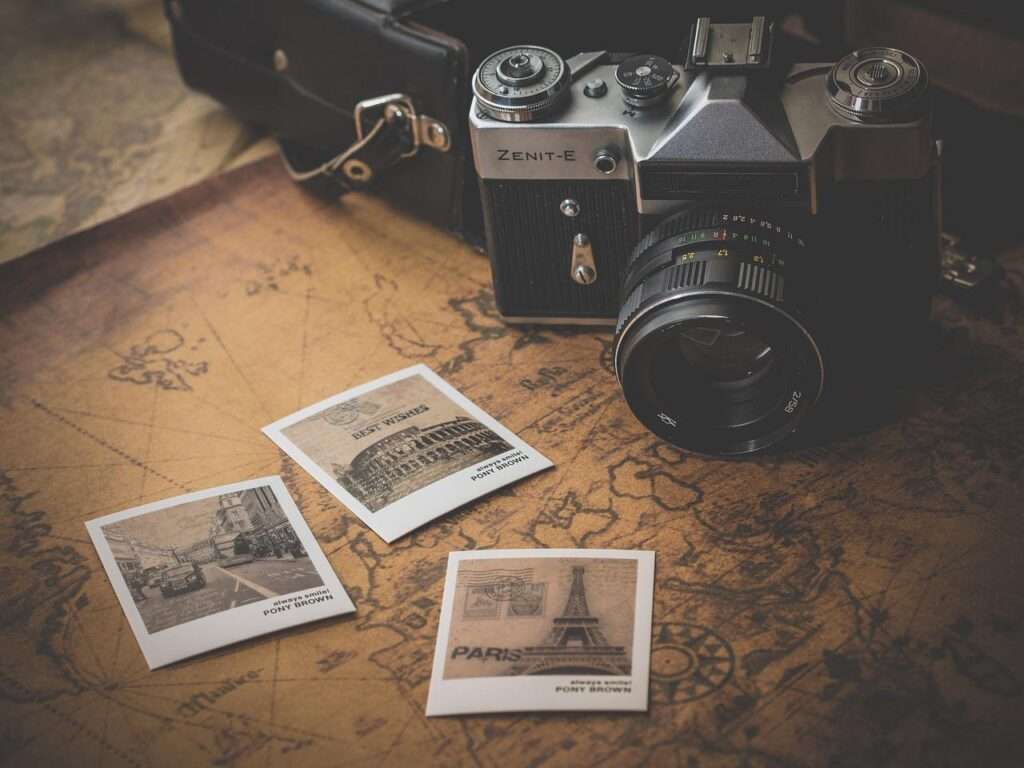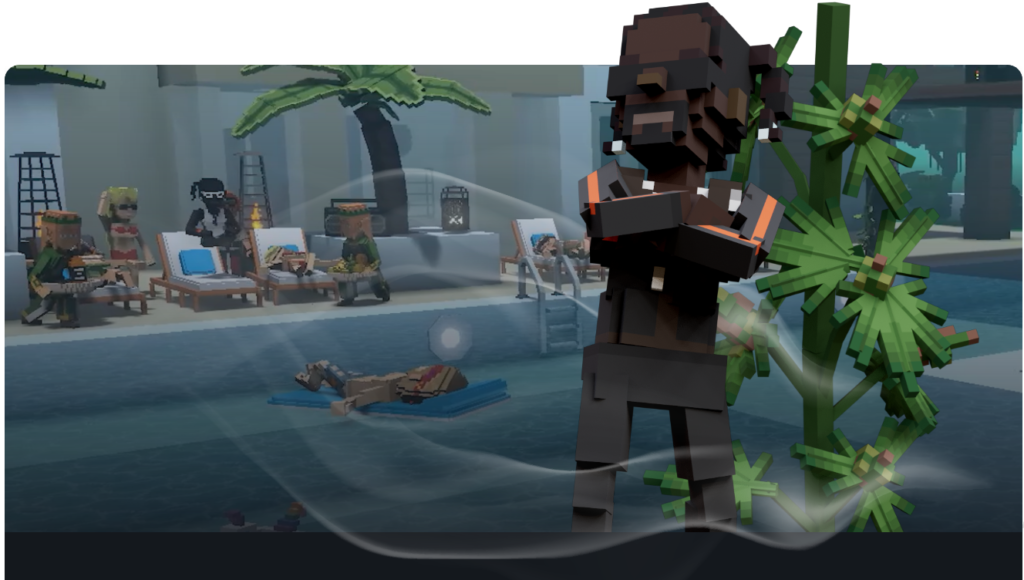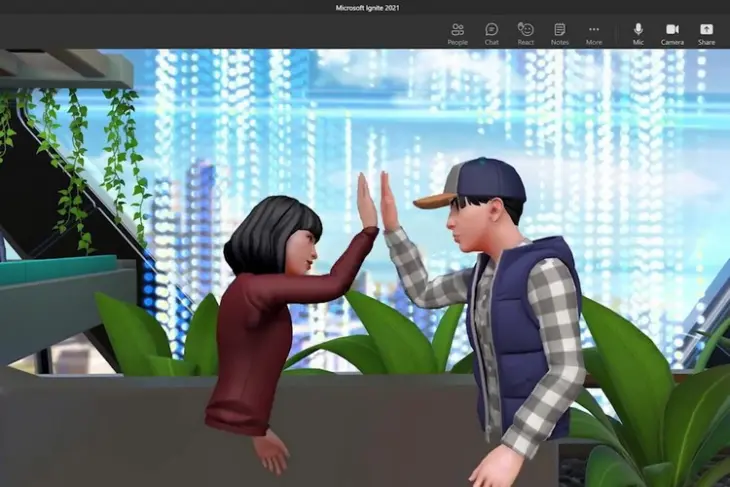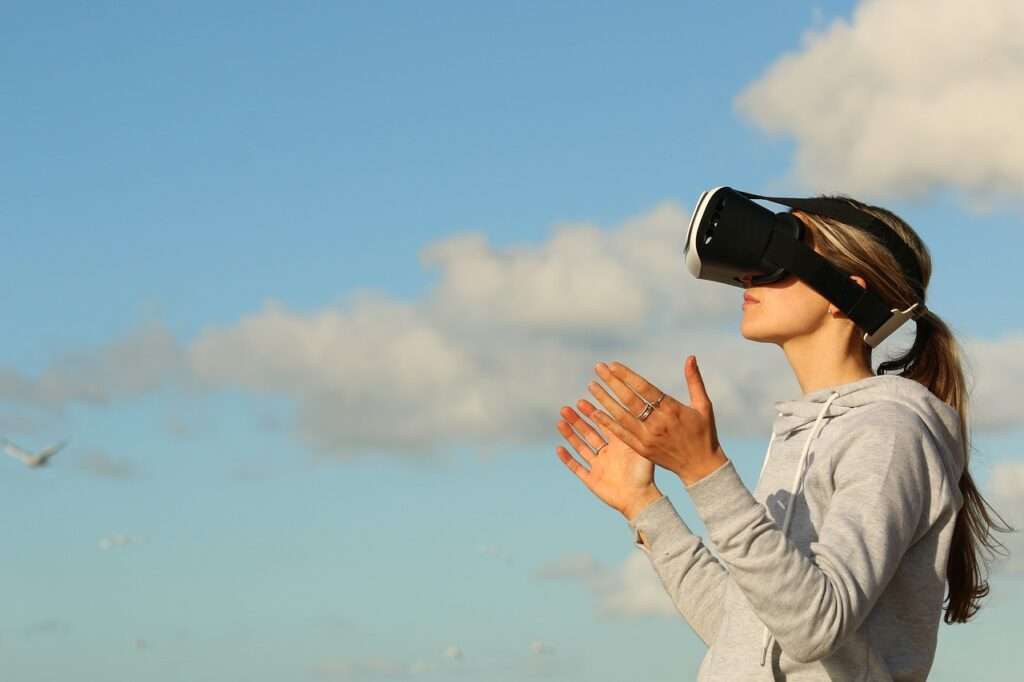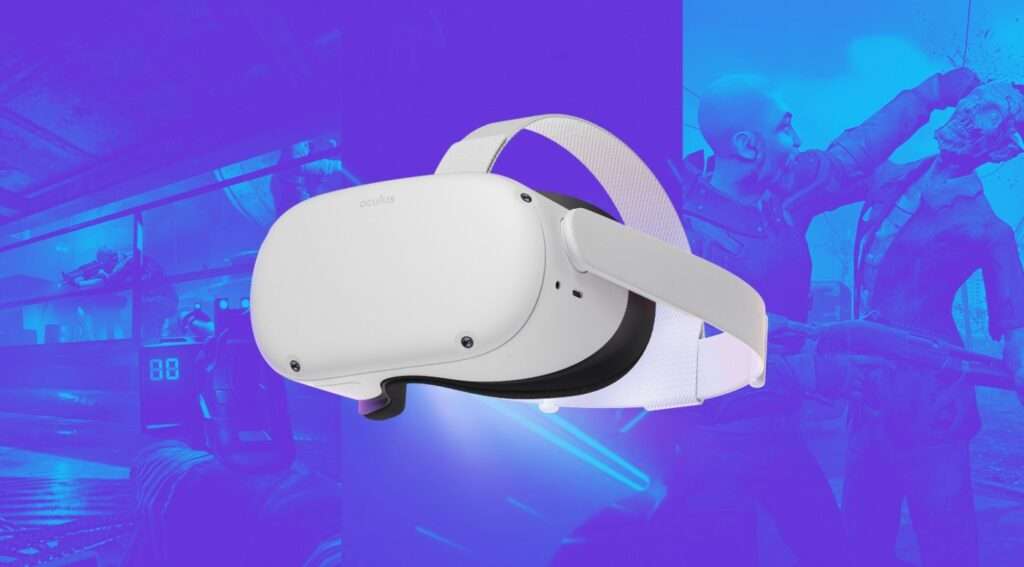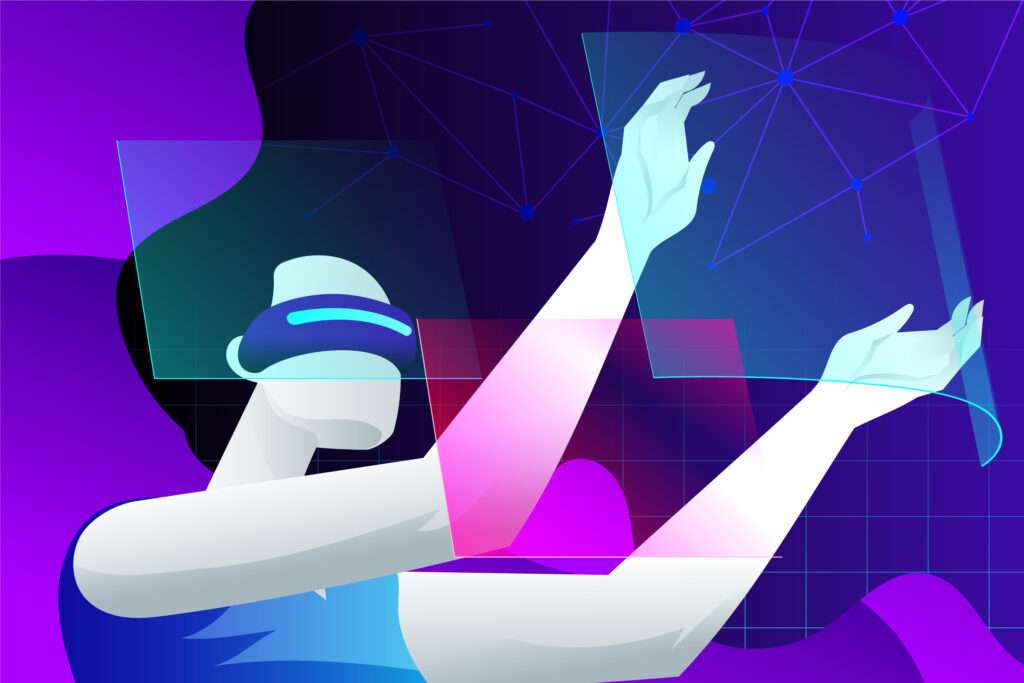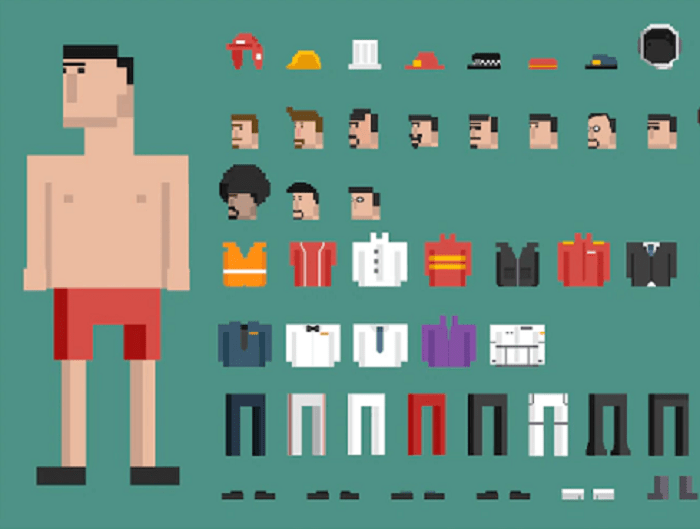Although augmented reality (AR) may seem like a far-out notion from the future, the technology behind it has been available for quite some time. Through the use of computer-generated pictures, AR creates a layered vision that enhances the actual world. From enormous multiplayer battles to dynamic map overlays, augmented reality applications cover it all. iOS ARKit applications are becoming more available, and although Google has discontinued Project Tango, ARCore is Android’s future.
Top Augmented Reality Apps
Froggipedia ($4)
Froggipedia is a great resource for learning about frogs if you’re not keen on dissecting actual ones for science, but it’s not for the faint of heart. With the aid of Froggipedia, you may learn about and even participate in the exciting and fascinating process of a frog developing from a single-celled egg into an adult frog. The software allows you to see inside a live frog and even dissect one. To get a better look at the inside workings of your frog, you may dissect it further with your Apple Pencil or finger. There is now just an iOS version of the app, which is a bummer for Android users.

BBC Civilisations AR
Apps like this one are laying the groundwork for an AR-centric future, and education is a terrific use case for augmented reality. The BBC’s Civilizations augmented reality software lets you explore and appreciate historical items by moving about, rotating, and resizing them in 3D space. When you first use the app, you’ll be guided through the process of exploring an Egyptian mummy, learning about its background, and even peering into it using the X-ray feature, all with the help of a very helpful tutorial. More than 30 artifacts from the past are on display in your living room, waiting to be examined and photographed. The future of museums is likely to look a lot like this app, so anybody interested in the past or in getting a glimpse of that future will love it.
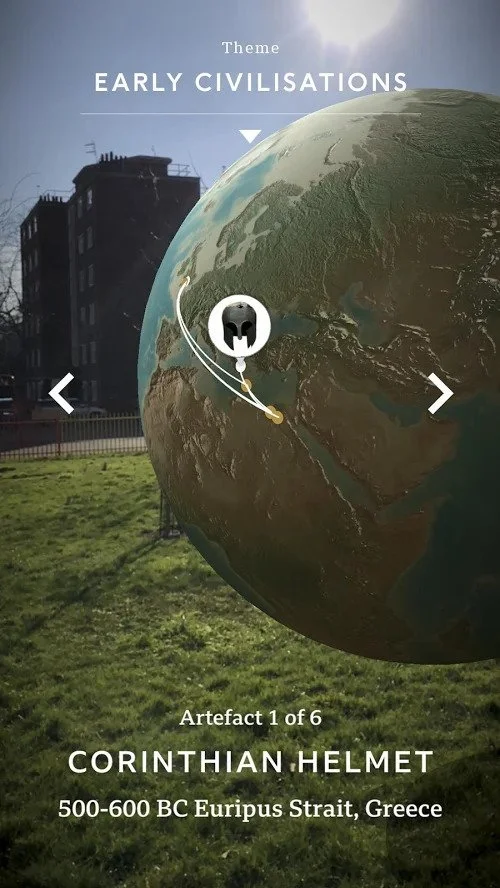
SketchAR
Everyone has a creative streak, but not everyone has the luxury of spending countless hours perfecting their drawing of hands. To save time, why not cheat a little? To use SketchAR, just draw two circles on paper and choose a drawing; the app will then use augmented reality technology to show the picture onto the paper, where you may trace it. You won’t be able to completely replicate the lines, so it’s not tracing, but it is useful for honing in on certain sketching skills.
Holding a phone in one hand while sketching with the other is not exactly a natural posture, but giving SketchAR a try is still worthwhile. Small pieces of paper may be used with most ARCore-enabled smartphones. It supports Google’s Android and Apple’s iOS, as well as Microsoft’s HoloLens.
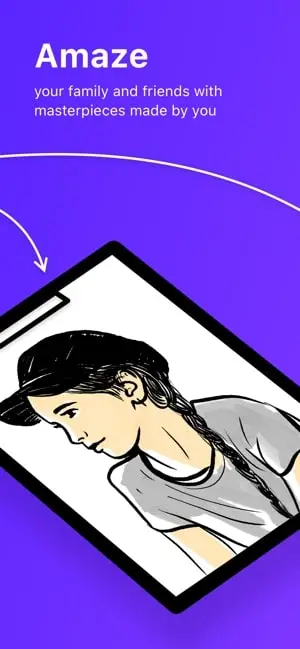
Mondly
Feel like you never have the time to learn a new language, but you really want to? Since Mondly is a mobile app, you can study any time, anywhere. With 33 languages at your disposal and frequent practice sessions to keep you motivated, you’ll be fluent in no time.
New technologies have not been resisted by Mondly. The software has both a virtual reality (VR) version for the Gear VR and, more excitingly, augmented reality (AR) technology integrated into the main app. When you press the augmented reality button, you’ll need to locate a level surface, such as the floor. It will then prompt you to place your augmented reality instructor, at which point she will begin your lesson, complete with contextualized examples of the phrases to help you learn and remember them. Using the augmented reality features of Mondly is a fun extra that may spice up your language-learning experience, but it’s not something you’ll want to do every day.
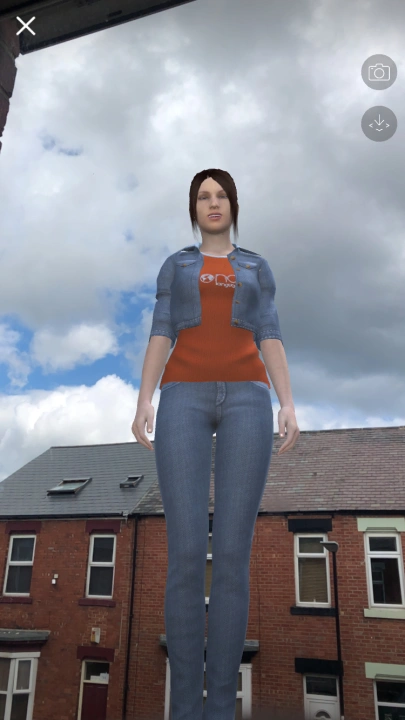
Pokémon Go
Niantic’s Pokémon Go, a game that has swiftly captivated everyone’s interest and given people a cause to go outside, wander about, and catch Pokémon, must be included in any discussion of the top augmented reality applications. Your smartphone’s camera is utilized to display Pokémon in the real world, while GPS marks your position and controls your in-game avatar. As long as the game hasn’t crashed or frozen, it should function normally. Game features, such as the colorful bands surrounding wild Pokémon, aren’t explained in great detail at the outset, but because to the internet’s open nature, learning the ropes isn’t too difficult.
The sites identified as Pokéstops and gyms are quite similar to those in the original Niantic product, Ingress, which is played by many of the same people. Several additions, such as commerce, raids, and PvP fights, have been included in the game thus far. Furthermore, a large number of new Pokémon have been included. We expect Pokémon Go to be around for quite some time since Niantic plans to keep improving the game to make it better and add new features.
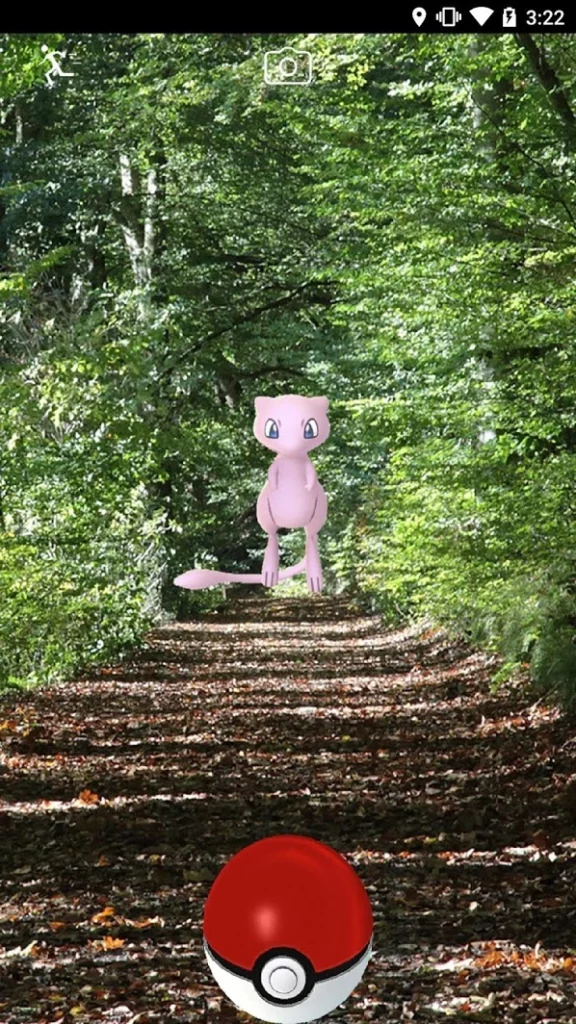
Ink Hunter
If you’re trying to decide what to have tattooed and where, then you need to download the Ink Hunter app. With this software, you may experiment with tattoos in any orientation and on any area of the body, using both prefabricated and custom designs. The in-app editor and the manner that Ink Hunter portrays tattoos make the tattoos that are put on the body using the camera appear as close to real life as you can get without actually getting a tattoo. Before this update, the app only worked with black and white tattoos, but now you can see how the design would appear in color before you commit to it.

WallaMe
Using the WallaMe app, you may leave secret messages in public spots that can be seen only by other users of the service. You may use the camera function to snap a photo of a wall, street, or sign, and then use the app’s sketching and painting tools to add your own unique phrases. Adding photos to your selected locations is another option, even if it’s only to serve as visual evidence that you were indeed there. When you’re in a place with a secret message that can only be uncovered by using WallaMe and your device’s camera, the augmented reality features truly shine. The messages you send and receive on the app may be set to either be private (only other users of the app will be able to see them) or public (everyone will be able to read them). WallaMe’s best feature is also its worst downfall. Some people may never see the smart messages others have made since they are unaware of the app or don’t use it consistently. Fans of the app, though, may prefer that it remain unavailable to more people.
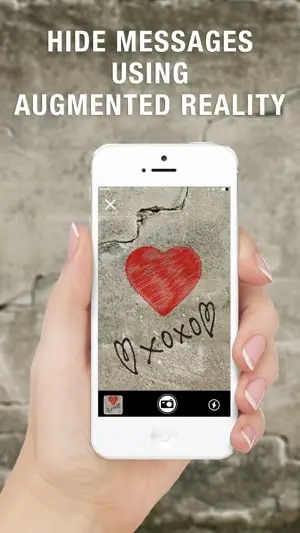
Google Translate
Although it’s not really an augmented reality software, Google Translate has an augmented reality function that’s fantastic for interpreting text. The app’s camera mode has that specific function. The program will instantly translate any text you photograph into your native language. The software supports a large number of languages while online and connected to Wi-Fi; users who want to utilize the rapid translation function when they are not online or without a cellular connection may download a variety of language packs. If you’re planning a journey to a foreign nation where the official language is not one you’re familiar with, Google Translate could be your savior.
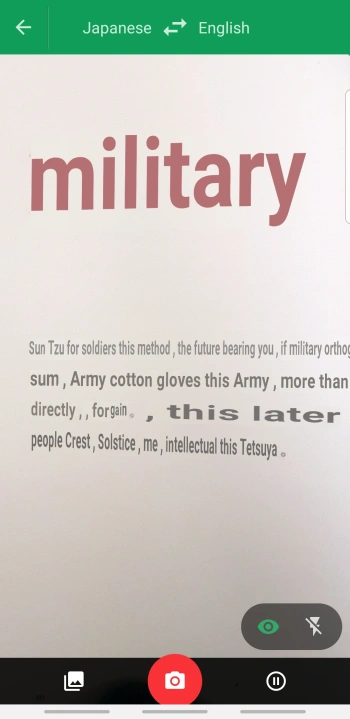
Amikasa ($1)
Before purchasing any new furniture, you may use Amikasa to see how the pieces will fit together to create the desired aesthetic. Walk around your bedroom, kitchen, workplace, or any other area you’re looking to decorate using your iPhone or iPad’s camera to see how different furniture arrangements appear. The cherry red chair may work better in your living area than the peach one, so it’s nice to have the option to change the hue. If you’re ever uncertain of your own sense of style, you can always ask for feedback from friends and family by sharing your augmented rooms created with Amikasa. The program utilizes name-brand objects, which you may purchase while using Amikasa. You now have more kitchen faucets, cabinetry, burners, and wallpapers to choose from than ever before thanks to the latest update.
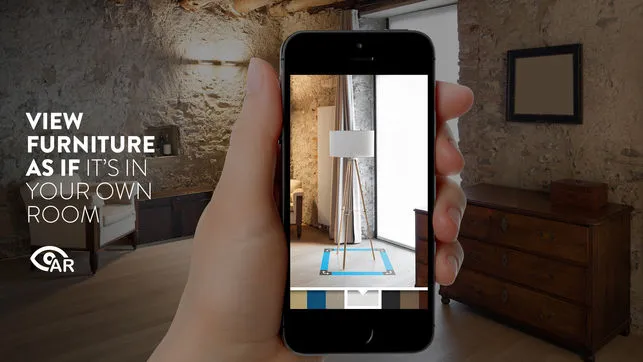
Knightfall: AR
Battle strategy games don’t seem like the best fit for augmented reality. Players in Knightfall: AR assume the roles of the Templar Knights defending Acre from invading Mamluk armies. You may play this game by placing the battlefield on any flat surface nearby and using your perspective as a targeting reticule to shoot arrows and catapults at the advancing enemy forces. As you gain wealth by eliminating foes, you may invest in stronger defenses and more troops to drive back the invaders. As you go through the story, you’ll get access to bonus animations for use in the game’s Photo Mode, where you may place in-game characters for your own enjoyment.
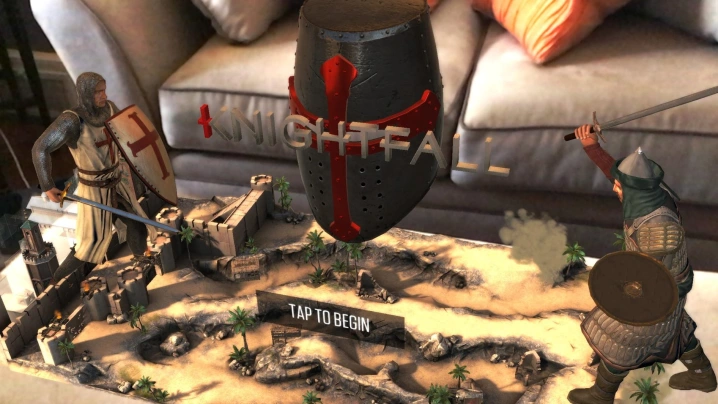
Just a Line
Google is having just as much fun with augmented reality (AR) as independent developers are. While the concept behind Just a Line is rather straightforward, it’s nevertheless a lot of fun to experiment with and serves as a good introduction to what can be accomplished with augmented reality, making it one of the project’s standouts. It will take a few seconds for the app to calibrate the area in front of you once you first use it. After then, keep your finger on the screen and start sketching away. Stop what you’re doing and give yourself a moment to appreciate what you’ve accomplished. Then, because it’s completely drawn as a 3D point in space, you can walk all the way around it and look at it from every angle. The technology is a lot of fun, and you can get different effects by moving about and causing the lines to expand in different ways. It’s neither challenging or practical beyond sketching on the air, but it’s entertaining to use and you can record quick films to show off to your friends.
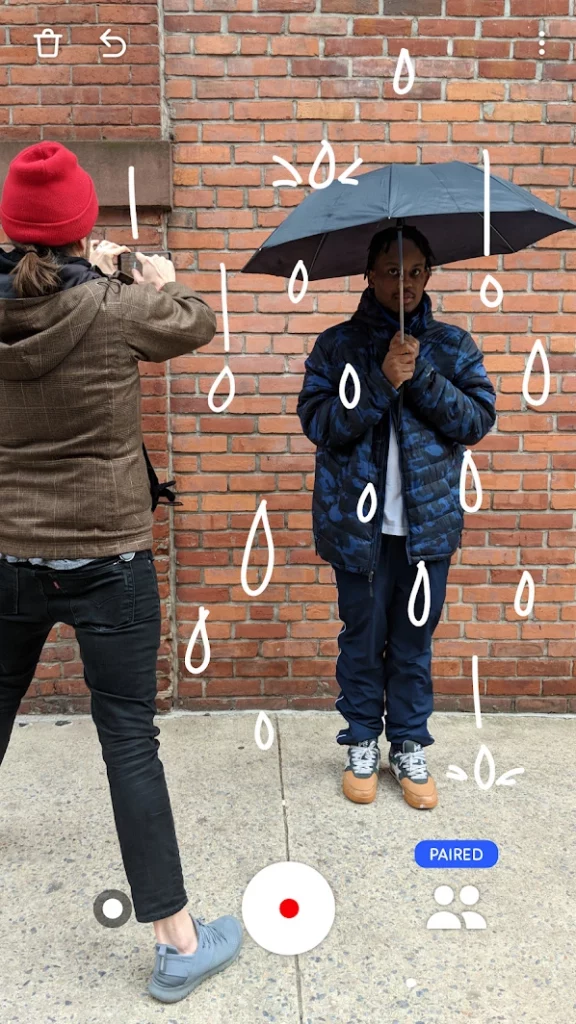
Ingress Prime
The first Ingress was Google’s foray into augmented reality games, while the newer Ingress Prime is a much-improved version of the original. The game is a massively multiplayer online (MMO) in which players are divided into two opposing groups, the Enlightened and the Resistance, who compete for dominance over a series of virtual areas. As they move about, players collect Exotic Matter (XM), a resource that may be used to seize control of digital portals. When a team controls the region between three portals, they have won the game. At its heart, it’s a sophisticated strategy title with strong ties to science fiction and an ongoing open storyline, and it boasts the most robust social experience of any augmented reality game we’ve seen.
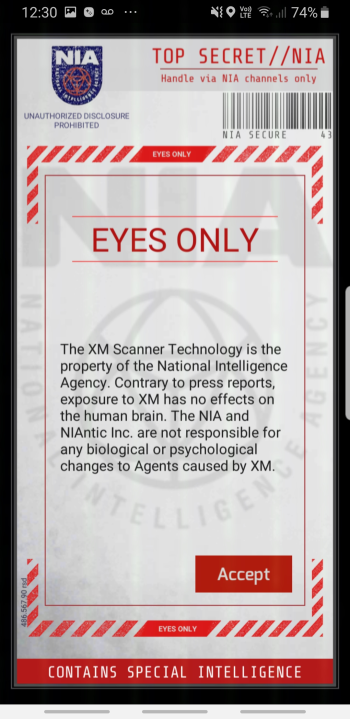
Holo
When did you last use your Google Pixel’s augmented reality stickers? This app was the catalyst for the whole movement. You may “Holo-mix” fictitious and real-world characters in your local environment with Holo. The characters, which vary from YouTube stars to made-up people, may be resized and repositioned in the environment to better suit your needs, and they all have a variety of predefined motions and noises they play when put there.
The implementation isn’t always smooth, and the augmented reality features aren’t perfect (for example, the characters you put may follow you around instead of letting you roam freely), but it’s still an excellent effort for a cross-platform software.
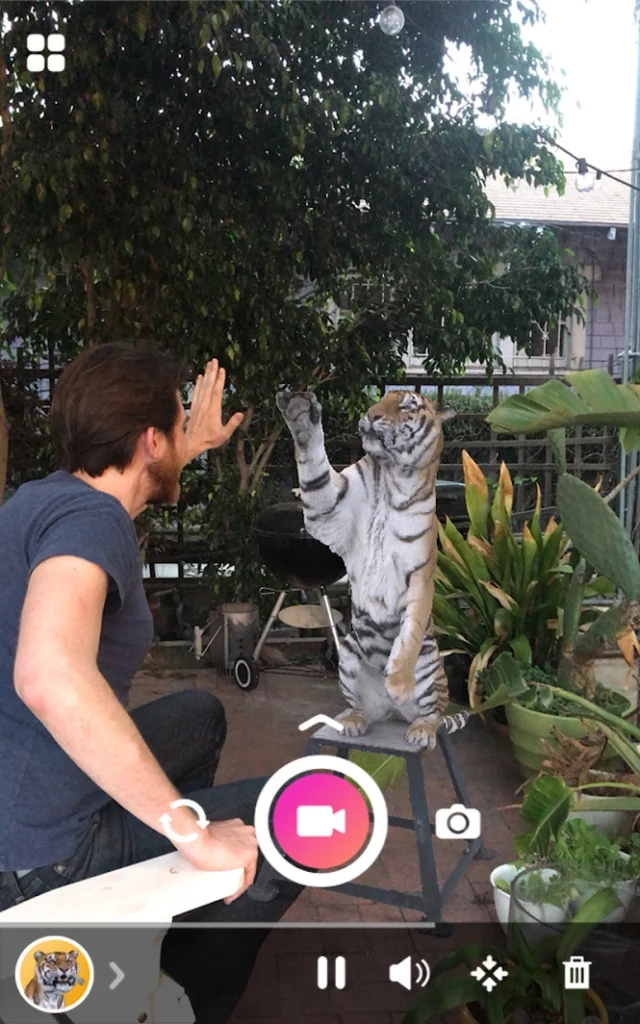
Other AR apps
Google Lens
Forget Google Goggles; Google Lens is here. As a successor for the long-forgotten Google Goggles software, Google Lens continues to perform many of the same functions while also adding many new ones. To have Google Lens try to determine what you’re looking at, just point your phone’s camera in that direction. If it recognizes the item, it may provide purchasing options, similar things, or a direct Google search. It can read plant tags, save contact data from posters, and provide information about surrounding points of interest.
It’s not hard to get started with Google Lens. You may use Google Photos, Google Assistant, or the Android app we’ve linked to below. Although iOS users can’t download the standalone Lens app, they may still enjoy the feature by accessing it via Google Photos.
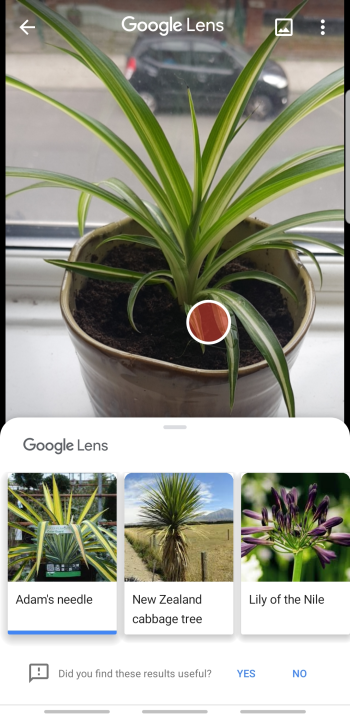
AR Ruler
One of the simplest applications of AR is in measuring. Because AR can tell where one 3D item ends and another begins, it is able to quickly measure and show this distance. However, AR Ruler can do more than simply straight-line measurements; it can also calculate angles, volume, and area. One of its features is the generation of a floor plan from your measured space. As would be expected, it has several flaws, but it does the job when you require approximate measurements. Don’t use it as a replacement for more reliable sources just yet. There is currently no iOS version of this app, however there are other applications with very similar names that should serve the same purpose.
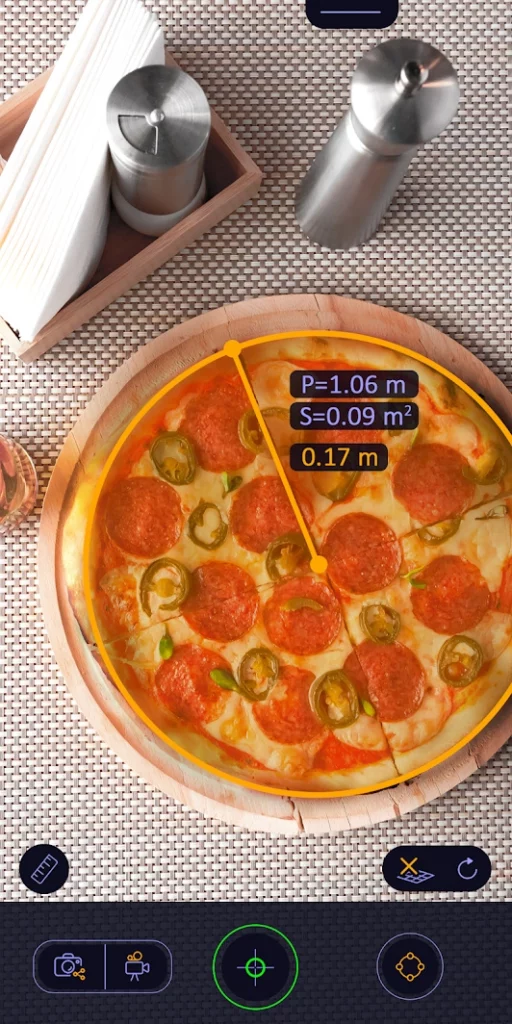
Find Your Car with AR
You’ve just finished your grocery run and are ready to leave the parking lot and drive home, but you have no clue where you parked. Find Your Car with AR is an app that uses augmented reality to help you locate your misplaced car. Once the car’s position has been determined, the app will generate a marker indicating the car’s exact location, the distance from you, and the direction you need walk in to reach it. This has shown to be the most helpful in densely populated regions or those with large parking lots, such as stadiums, conference centers, and outdoor performance venues. The software may also be used to locate seats in major venues such as theaters and music halls.
Most users will be satisfied with the freemium version, but upgrading to the premium version will get rid of the adverts and give you access to features like designating your favorite parking place and choosing the arrow color. However, if you can’t wait to find your car, the similarly-featured AR Car Locator is available for Android as well.
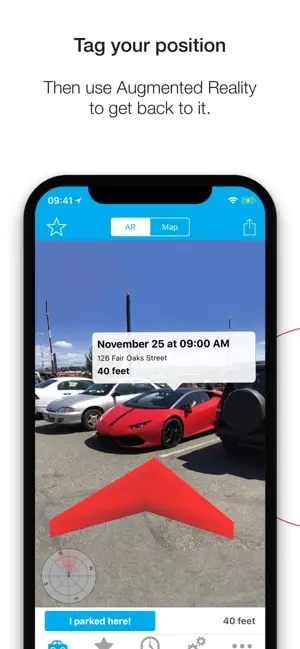
Augment
To see a piece of furniture in its prospective setting is one thing, but to see any 3D model in AR is something else entirely. Although complicated, Augment is a sales-boosting program that brings paper to life and helps users see the options available to them. Once users create a free Augment Manager account, they can upload their own 3D photos and trackers from programs like Cinema 4D, Sketchup, Maya, and the like, and then position the 3D models in a virtual environment using the camera on their iOS device. Some of the more complex functions come with an even steeper learning curve, but they also greatly expand the software’s capabilities. It’s similar to Layer in that it can read printed materials and add multimedia elements with a camera scan, but the option to upload one’s own 3D content gives it an advantage when determining where to place a new display kiosk or scale model of a structure.
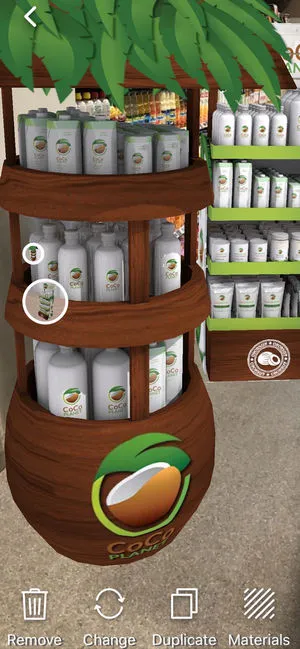
Sun Seeker ($6/$10)
Named after the massive star at the heart of our solar system, Sun Seeker is an app that has been meticulously crafted with that star in mind. You may use the app’s flat-view compass or its 3D, augmented-reality view to learn about the sun’s route, maximum elevation, hourly intervals, and rise/set periods, among other useful information. The software also shows the courses the sun takes throughout the winter and summer solstices and provides a simple way to check out where the sun is at any given time of day. Users may choose from almost any place on Earth, and the app will utilize your phone’s GPS and magnetometer to calculate the best times of day and angles of the sun to maximize your gardening, photography, architecture, or real estate endeavors. The solar path for any given day may also be seen by the user. The Aztecs, needless to say, would feel some envy.
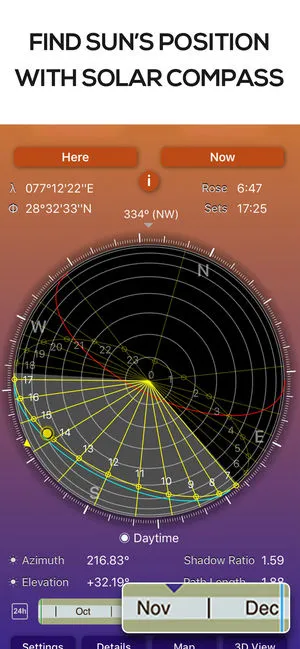
SkyView ($2)
The act of gazing upward at the stars is like a rite of passage for all humans. Stargazing is something that can be shared by people of all backgrounds and locations (well, almost all of us). No matter how much you know about the night sky, this app will provide you access to the knowledge of some of the most famous astronomers in history.
There is no evil intent, rest assured. SkyView utilizes the camera and other sensors on your phone to display a grid of constellations, stars, and other celestial objects. Direct it toward the sky, and you’ll quickly become an expert. You may use the search bar to locate the most popular skymaps, and the time machine feature to conjure up historical skymaps or even see into the future. Sky trails make it possible to track the orbiting International Space Station or to see the rising of Jupiter. It works with a wide variety of gadgets, and there’s even an accessory app for the Apple Watch.

Roar
Roar is a useful software for both customers and retailers. However, this is intended for individual consumers. Roar is an augmented reality shopping assistant that provides extensive information on thousands of foods and beverages just by taking a photo of them. In a matter of seconds, you may get the lowest rates for everything you need, read reviews from actual customers, and locate currently valid discounts and deals. Roar’s database has information on several items, which may be compared in terms of price and store. The app also has a convenient shopping feature. The ability to scan a movie poster and instantly purchase tickets is another interesting function. It’s quite convenient because you don’t have to go through the trouble of surfing a whole website. The June patch brought Roar’s functionality to a whole new level. They are also developing farther. There will be a ton of new features coming soon that will make it more convenient and enjoyable to use. All-new music and sound effects, 3D models, and animation are just a few of the highlights coming shortly.
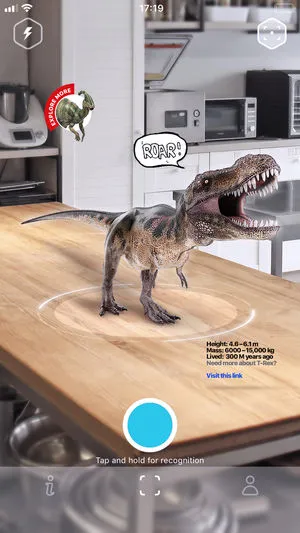
Conclusion
We are enthusiastic supporters of the pervasive augmented reality technology. Whatever your mobile operating system of choice may be, you will not lack for augmented reality applications. You may find a wide variety of augmented reality applications to help you get through the day, have fun, or both. You may choose between a shopping app and a multiplayer game.
When augmented reality technology becomes widespread, Amazon’s revolutionary impact on consumer behavior will look antiquated. A few of the applications we’ve selected here let users try out pieces of furniture in their own spaces before making a purchase. In the future, this will be the norm for many products.
Use of the many augmented reality applications already out there is on the cusp of becoming commonplace. Earlier iterations, such as Google Goggles, are being phased out in favor of more powerful alternatives. There are going to be whole new methods of going about our regular routines and having fun.
Tested your hand at AR and ready for VR? Check out our explainer guide on Metaverse here.
Image Sources: Digital Trends
